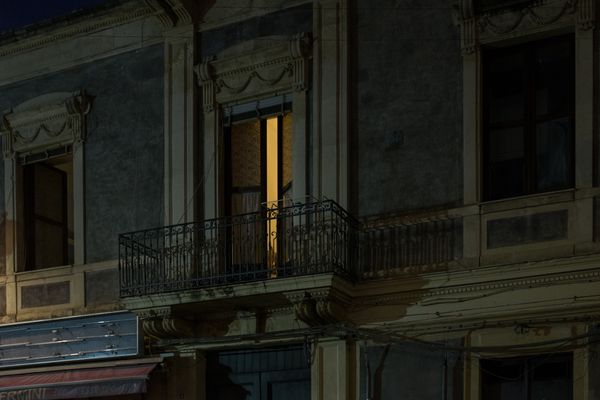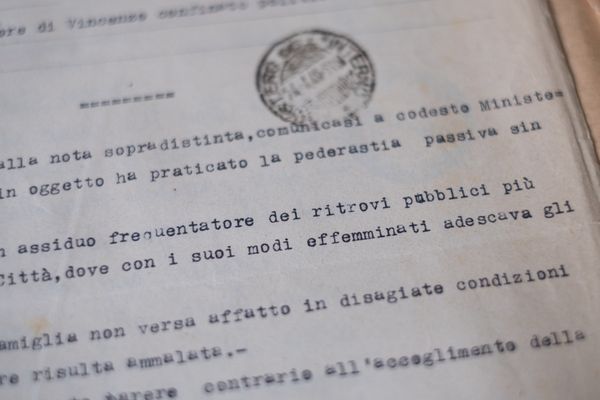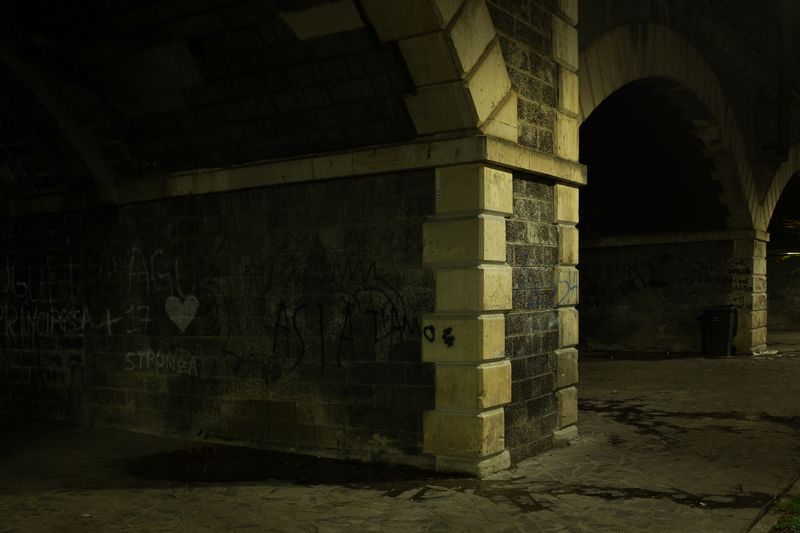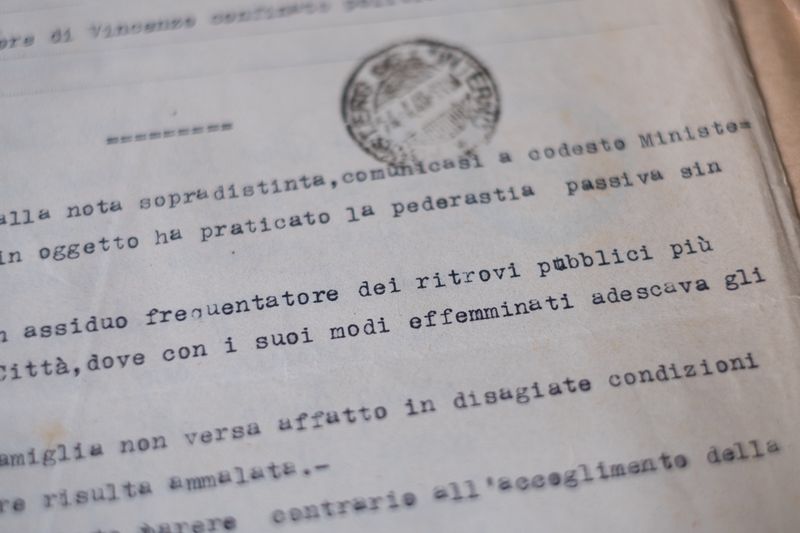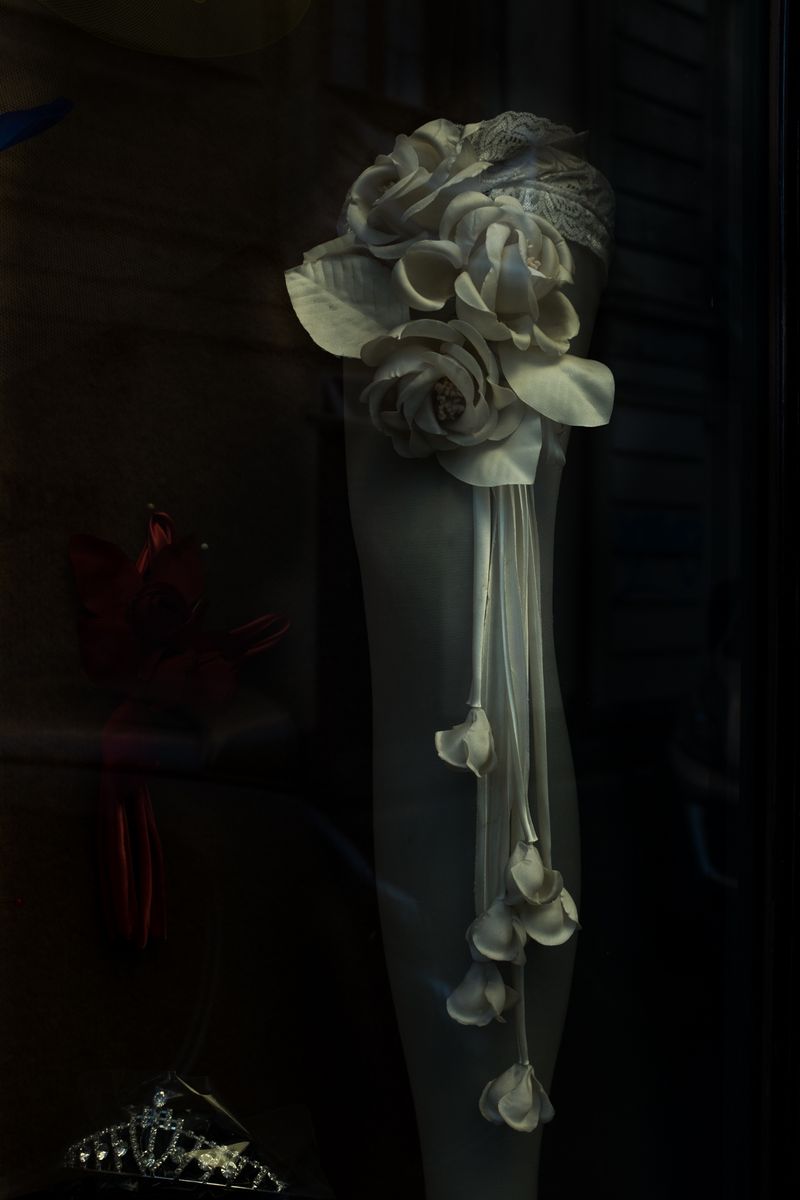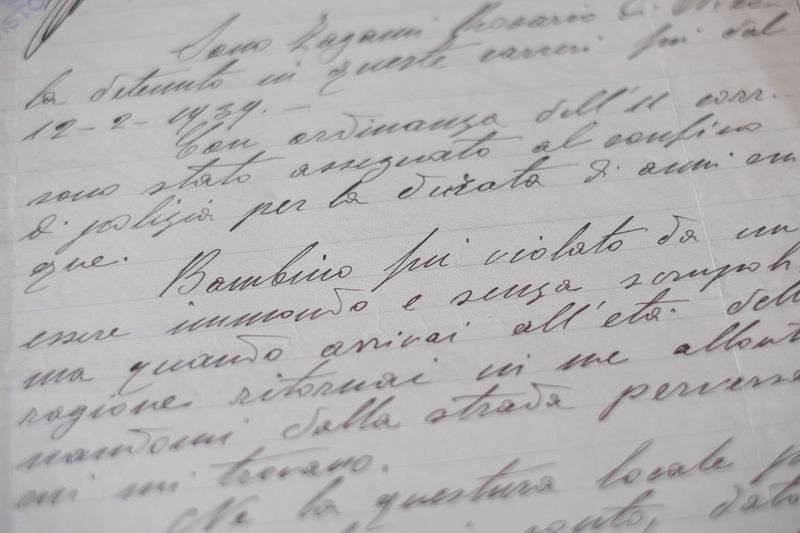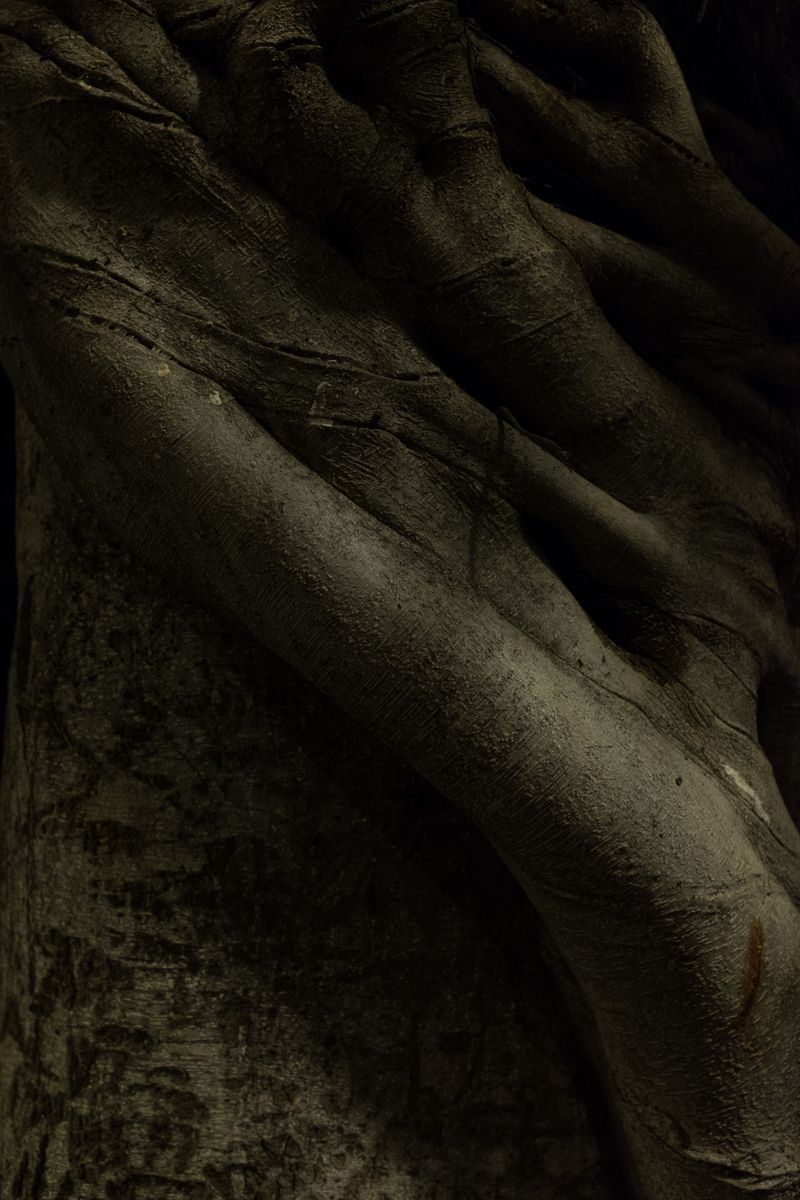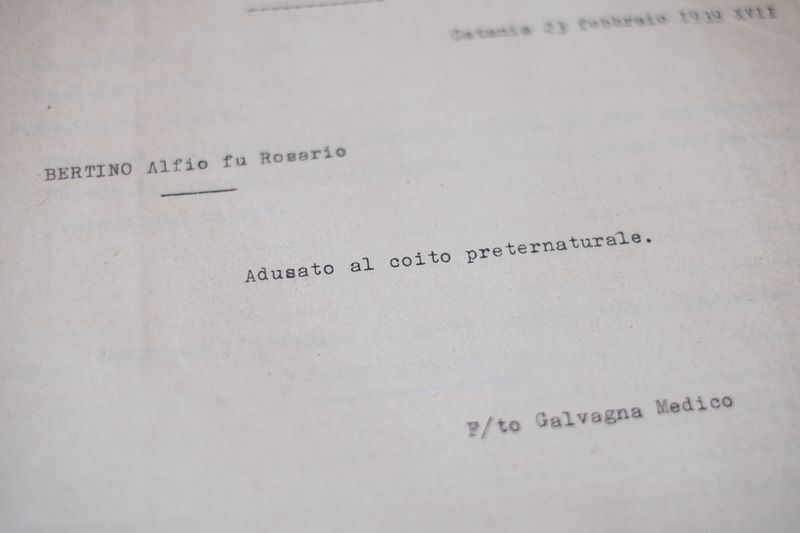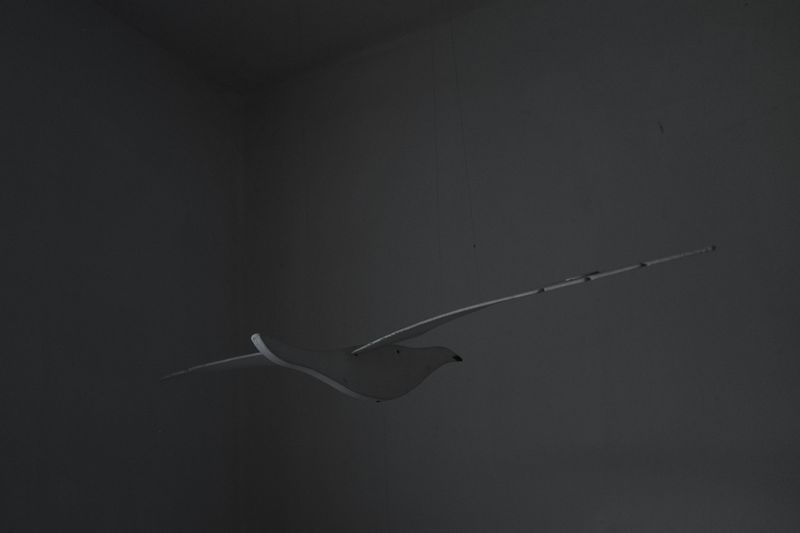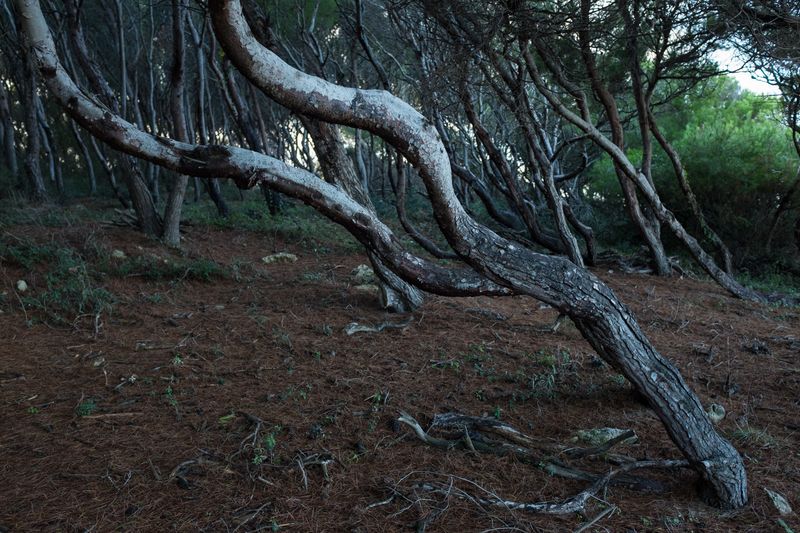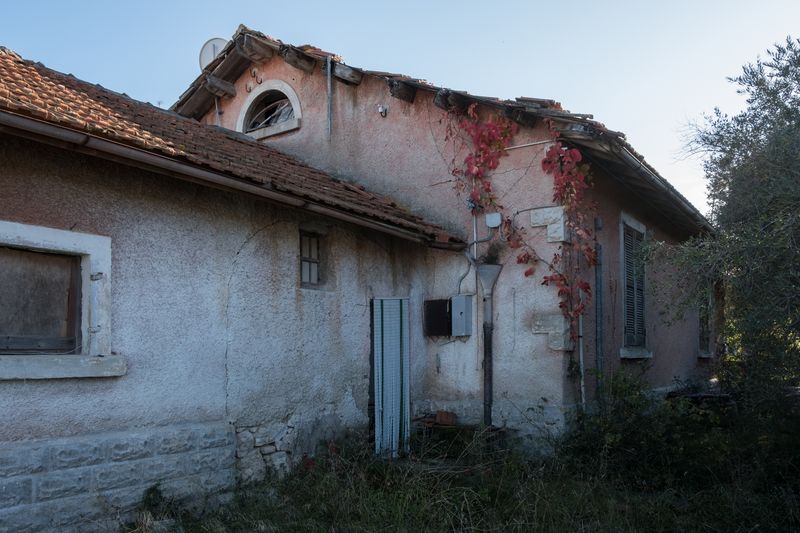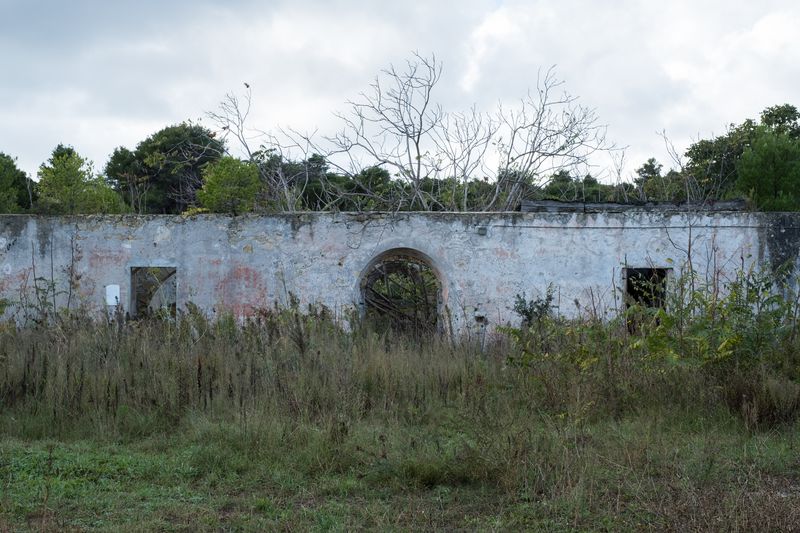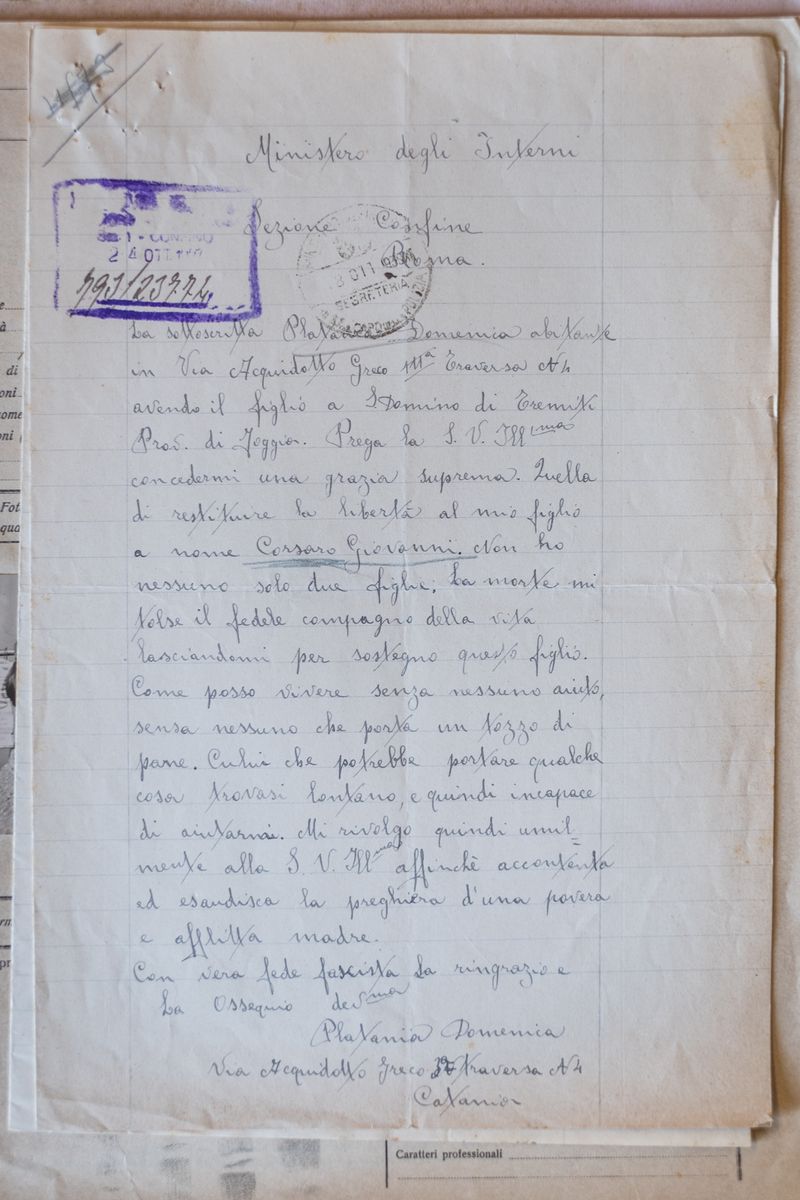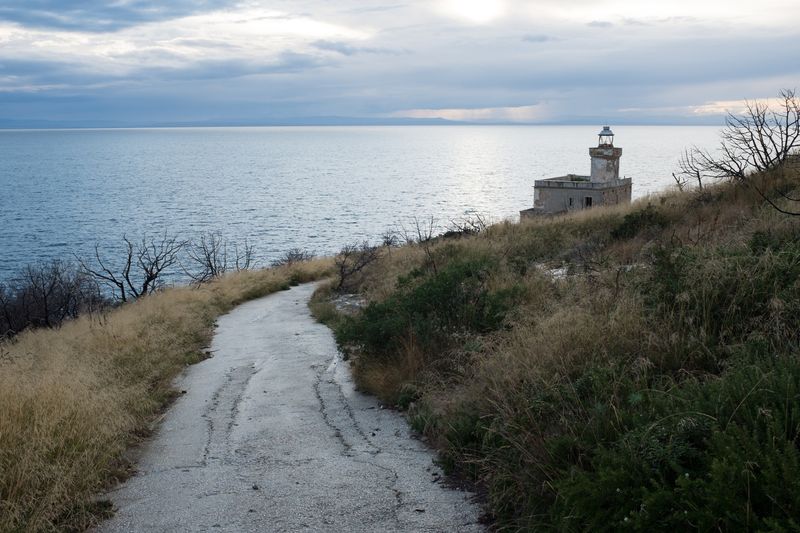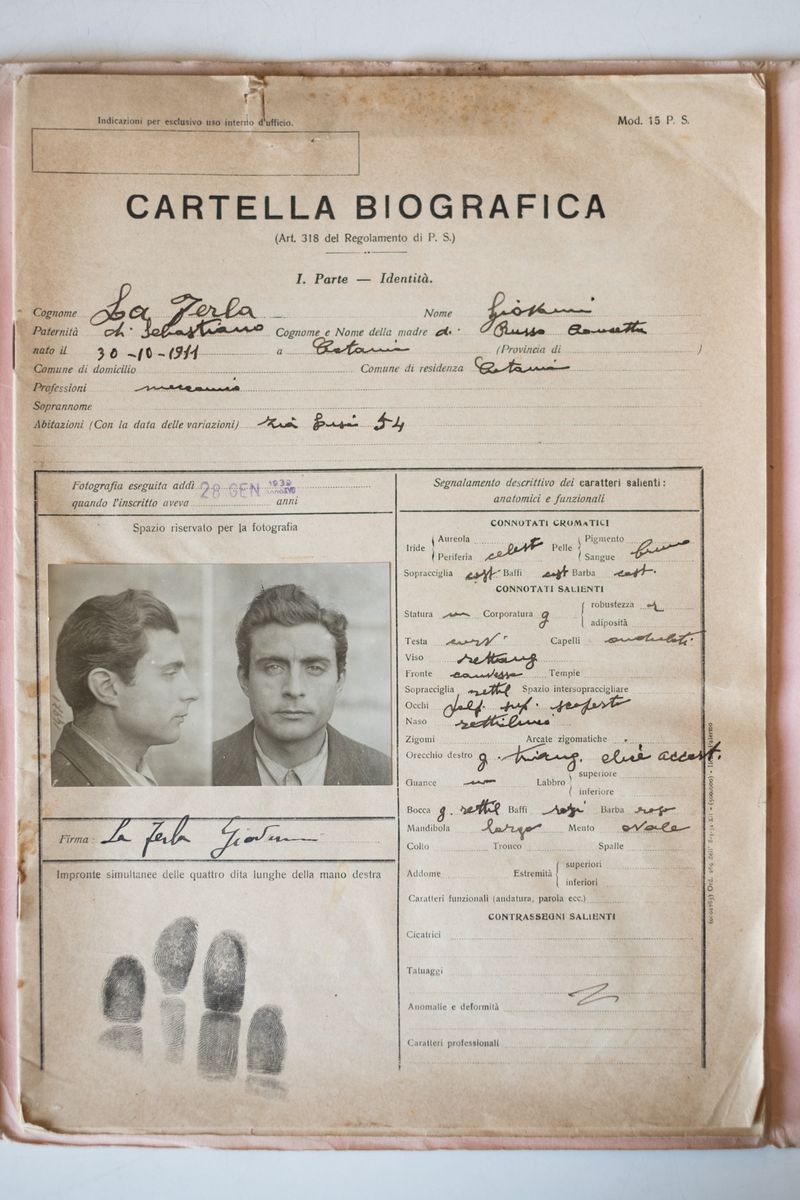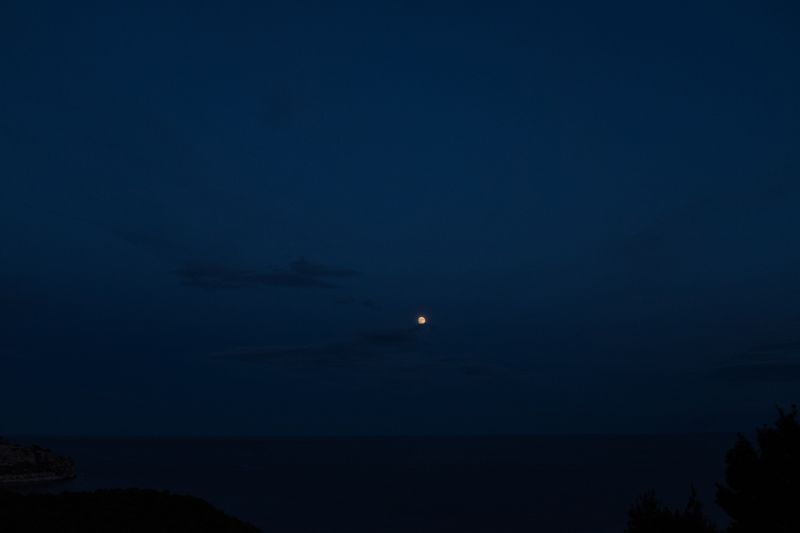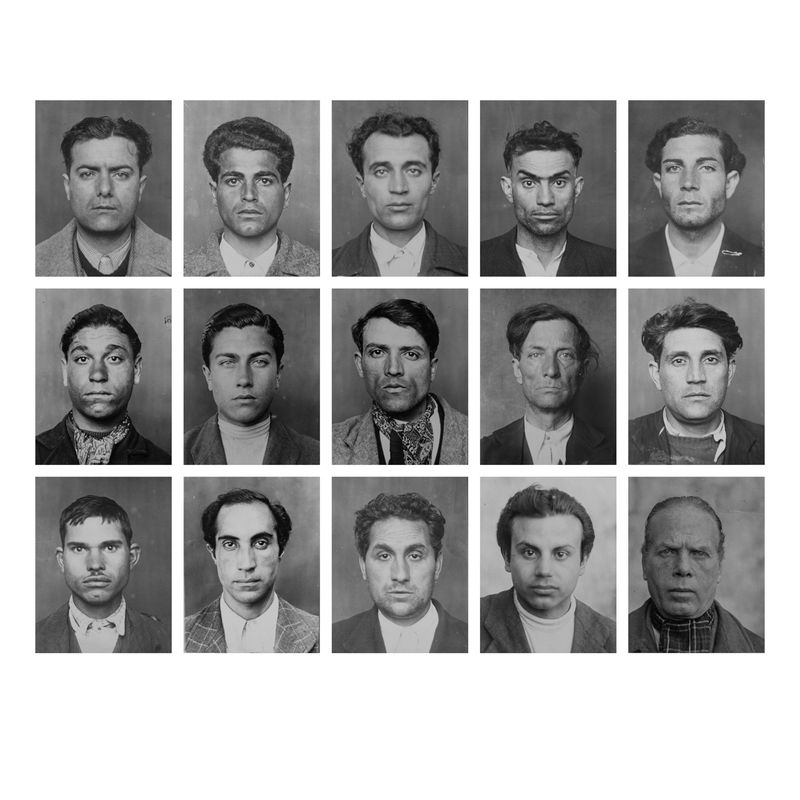The arrusi's island, 1939
-
Dates2019 - 2020
-
Author
In the first two months of 1939, 45 homosexuals from Catania and some villages of its province were arrested and sent to confinement on the island of San Domino, about 700 kilometers away.
In Italy, under the Fascist regime, hundreds of men were arrested and sent to exile. Their only fault was homosexuality. Among all the Italian provinces, Catania stood out for the number of arrests: the Commissioner of the city, a Mr. Alfonso Molina, was very scrupulous in his "hunt" for homosexuals.
Those 45 Catanese men were accused of being "passive pederasts", subjected to medical examinations to prove their guilt and sent to confinement in San Domino together with other 50 homosexuals from the rest of Italy. Confinement was meant to last 5 years, on charges of crimes against morality and the integrity of the breed.
Catanese homosexuals were called “arrusi” or “jarrusi”. In the 1930s the offensive term “arruso” referred to the homosexual man who generally assumed the passive role in the relationship. And only the passives were arrested, while those who assumed the active role in homosexual relations were not persecuted as they were considered male.
On the island of San Domino the “arrusi”, from Catania and elsewhere, remained confined until June 7th, 1940, when they left to return to their cities: the World War II had begun and the regime needed the prisons of San Domino to confine political opponents, considered more dangerous than those homosexuals. Their sentence was commuted to a two-year warning.
In my research I tried to photographically reconstruct the places where these “arrusi” met in Catania before the arrests, and the places of confinement on the island of San Domino. The biographical files, the documents regarding arrests, medical examinations and supplications were photographed at the State Archive in Rome.

